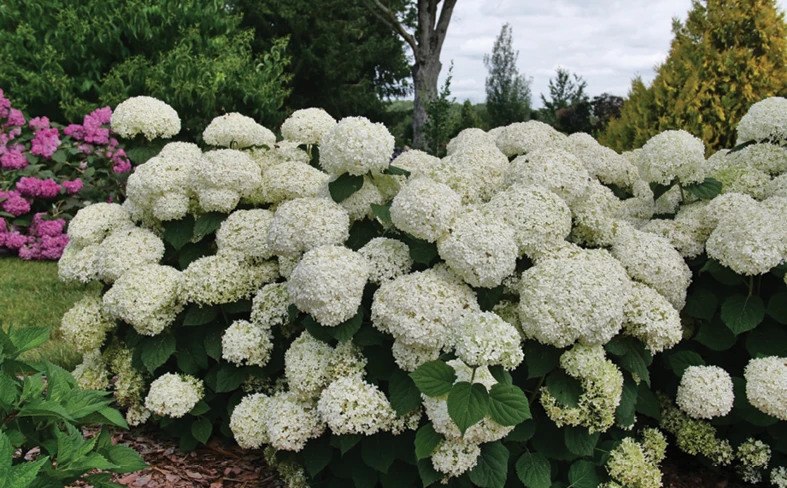From Iqbal Pittalwala, UCR Today:
RIVERSIDE, Calif. – Crops and other plants are constantly faced with adverse environmental conditions, such as rising temperatures (2014 was the warmest year on record) and lessening fresh water supplies, which lower yield and cost farmers billions of dollars annually.
Drought is a major environmental stress factor affecting plant growth and development. When plants encounter drought, they naturally produce abscisic acid (ABA), a stress hormone that inhibits plant growth and reduces water consumption. Specifically, the hormone turns on a receptor (special protein) in plants when it binds to the receptor like a hand fitting into a glove, resulting in beneficial changes – such as the closing of guard cells on leaves, called stomata, to reduce water loss – that help the plants survive.
While it is true that crops could be sprayed with ABA to assist their survival during drought, ABA is costly to make, rapidly inactivated inside plant cells and light-sensitive, and has therefore failed to find much direct use in agriculture. Several research groups are working to develop synthetic ABA mimics to modulate drought tolerance, but once discovered these mimics are expected to face lengthy and costly development processes.
The agrochemical mandipropamid, however, is already widely used in agricultural production to control late blight of fruit and vegetable crops. Could drought-threatened crops be engineered to respond to mandipropamid as if it were ABA, and thus enhance their survival during drought?
Yes, according to a team of scientists, led by Sean Cutler at the University of California, Riverside.
The researchers worked with Arabidopsis, a model plant used widely in plant biology labs, and the tomato plant. In the lab, they used synthetic biological methods to develop a new version of these plants’ abscisic acid receptors, engineered to be activated by mandipropamid instead of ABA. The researchers showed that when the reprogrammed plants were sprayed with mandipropamid, the plants effectively survived drought conditions by turning on the abscisic acid pathway, which closed the stomata on their leaves to prevent water loss.
Click here to read more.

Do you know someone that has made a positive impact in the horticulture industry? Nominate them for a Horticultural Industries Leadership Award (HILA)!
| SUBMIT NOMINATION |







